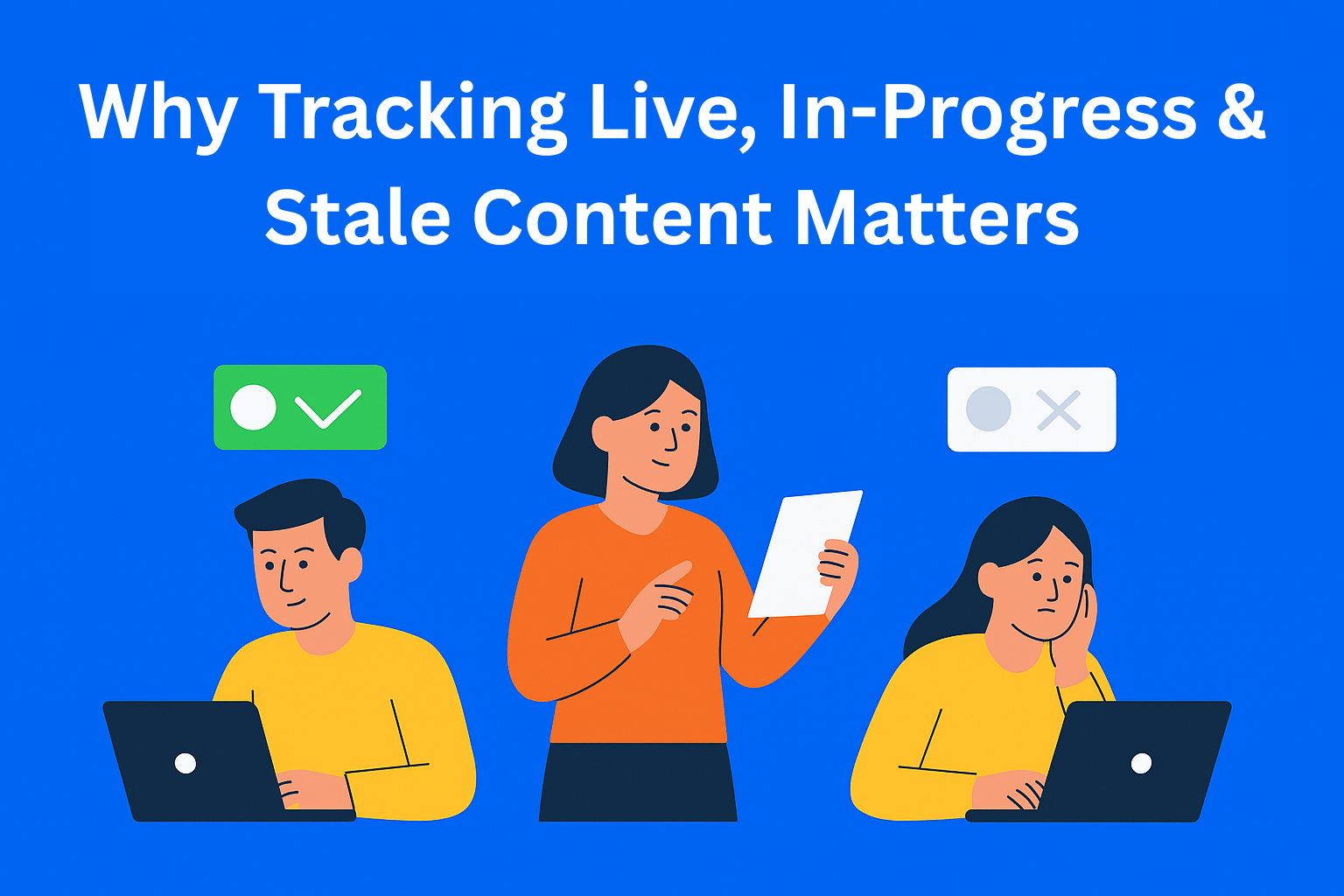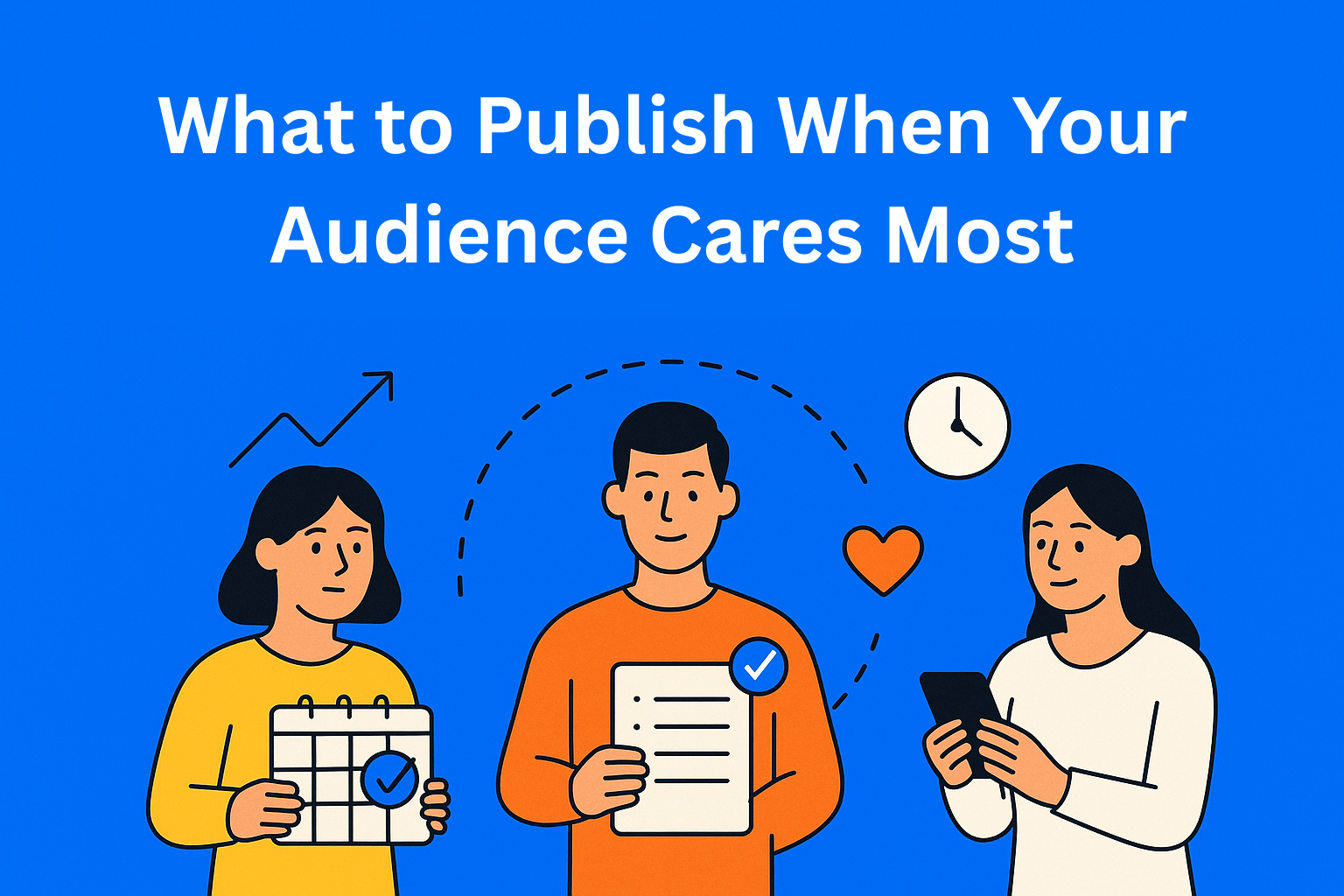Generative AI vs Human Writers: Where Each Excels (And Fails)
In 2025, AI brings speed and scale to content creation, but human writers still lead in emotion, creativity, and authenticity. The best results come from combining both-AI for drafting, humans for voice and depth.

In the year 2025, AI has become a serious tool for creating all kinds of content, from blogs and product descriptions to scripts and ad copy, generative AI tools are everywhere.
But does that mean human writers are out of the game? Not even close.
This post explores where generative AI and human writers dominate, where they struggle, and how you can use the strengths of both for smarter, more efficient content creation.
Key Takeaways
- Use AI for speed and volume - ideal for outlines, meta tags, and structured content.
- Human writers bring emotion and originality - great for storytelling, branding, and persuasion.
- AI lacks deep understanding - it can produce factual errors and generic tone if unchecked.
- Humans struggle with scale and speed - writing takes time, and cost can be a factor.
- Combine both for best results - let AI draft, and humans refine, fact-check, and shape.
- Platforms like EasyContent help teams - streamlining workflows and ensuring quality across all steps.
Where Generative AI Excels
Generative AI is unmatched when it comes to speed. It can generate thousands of words in just a few seconds, which makes it ideal for tasks that require a large amount of content, such as product descriptions, meta tags, and basic blog outlines.
Consistency is another advantage. With the right prompt, AI can maintain a consistent tone and avoid grammatical errors much better than a human could when working on content that is prone to mistakes, like summaries or structured “how-to” guides and similar content - AI handles that quickly and efficiently.
It is also cost-effective. For businesses that need repetitive, SEO-friendly text in large volumes, generative AI can replace a full-time writer.
Where Human Writers Excel
Although AI tools are fast and efficient, there are things they cannot do better than a human and those are, above all, emotional depth and original thinking. Human writers bring nuance, cultural sensitivity, and experience to the page.
They know how to tell a story, evoke emotion, or persuade an audience in a way that feels natural and close. They can creatively break rules, shift tone for effect, and use personal insight to build trust with readers. While AI searches the internet for patterns, people draw from life.
That’s why human writers are more suitable for storytelling, editorial commentary, and any content where brand voice, subtlety, and empathy matter.
Where AI Falls Short
The weaknesses of AI become clear when you push it beyond facts and formulas. It lacks true understanding. It can mimic insight, but it doesn’t actually understand what it’s “saying.”
It can “hallucinate,” generate content that sounds correct but is factually inaccurate. If you don’t carefully check the facts, this can seriously damage your credibility.
It also has problems with voice. AI tends to write in a flat, generic tone unless it is edited in detail. And it has no moral compass, so it can accidentally produce biased or inappropriate content if not carefully monitored.
Where Humans Fall Short
Humans are not perfect either. Writing takes time, and scalability is a real challenge. Producing high-quality content across many texts is difficult without a lot of time and resources.
Cost is another factor. Hiring experienced writers for all your content needs can be quite expensive, especially for technical or long-form formats.
In addition, a human can always make a mistake. Typographical errors, inconsistency in tone, or misinterpretation of complex topics can slip through, especially when deadlines are tight.
When to Use Each
The smart approach in 2025 is not to choose between AI and human writers, but to know when to use which.
Use AI for drafts, idea generation, and content that doesn’t require much nuance. Let it handle the main part of the work when you need quantity.
And when your goal is to connect with users, persuade them, or tell a story, then human writers are the best choice. When you want to create content that deals with sensitive topics, maintains your brand’s voice, or aims to bring original insights, then human writers have a huge advantage over AI.
And the best way is to combine both options. Let AI make the first draft, then hand it over to a human to shape it, polish it, and fact-check it. This approach gives you speed, quality, and emotional intelligence. A platform like EasyContent supports this workflow by providing a structured environment where teams can review, edit, and approve AI-generated drafts together, ensuring quality and consistency in every piece.
Conclusion
Generative AI has changed a lot in the way we create content, bringing speed, consistency, and scale. But writers still have the advantage when it comes to nuance, creativity, and real human connection.
The point is not to choose one or the other, but to know how to best combine both. That’s how you create content that not only performs well, but also feels right to your audience.
And platforms like EasyContent help content teams merge AI and human creativity into one simplified workflow, so collaboration stays smooth and quality stays high.






